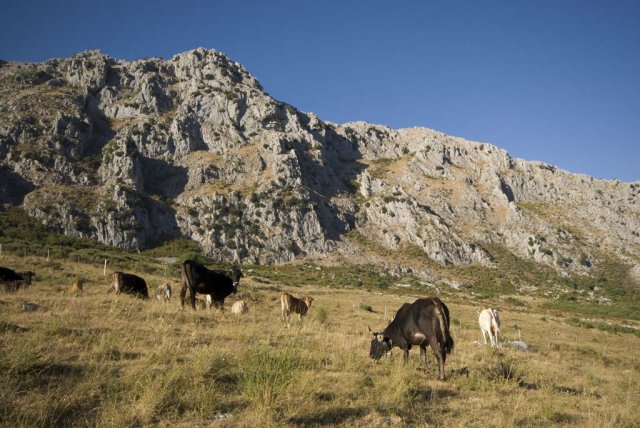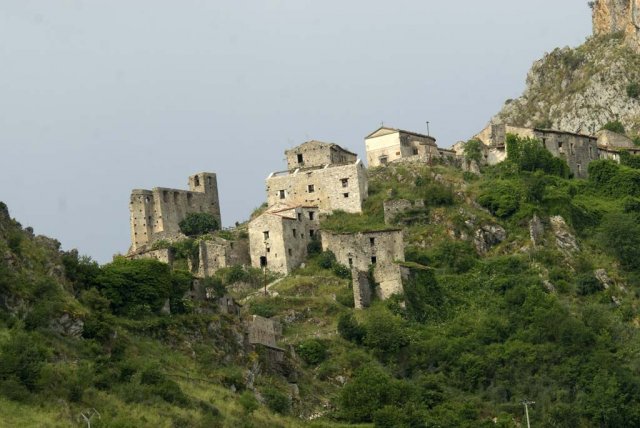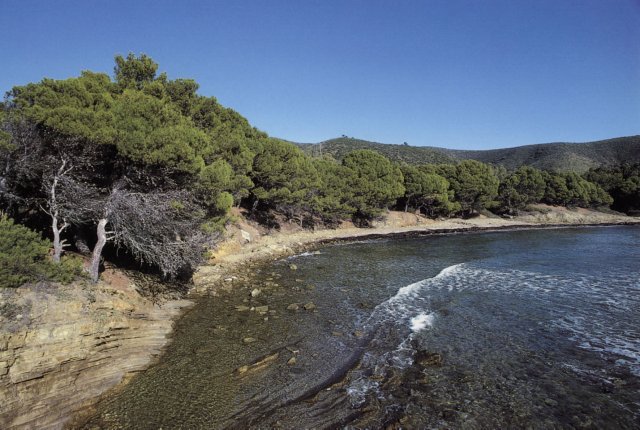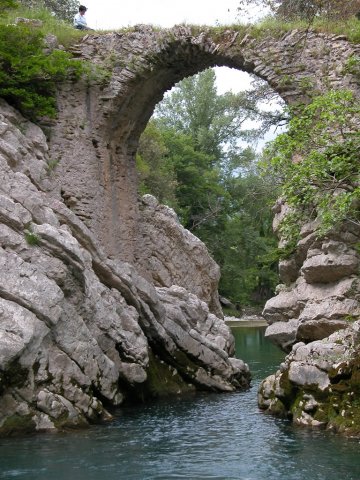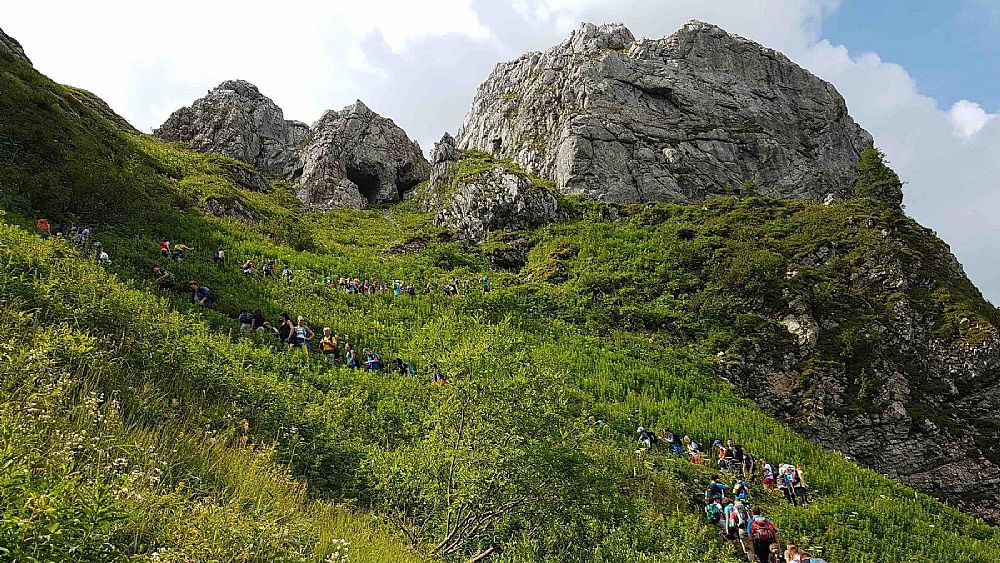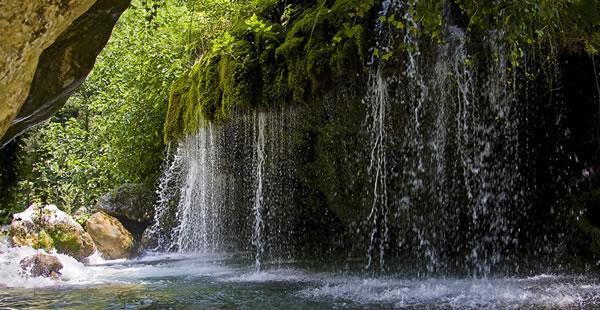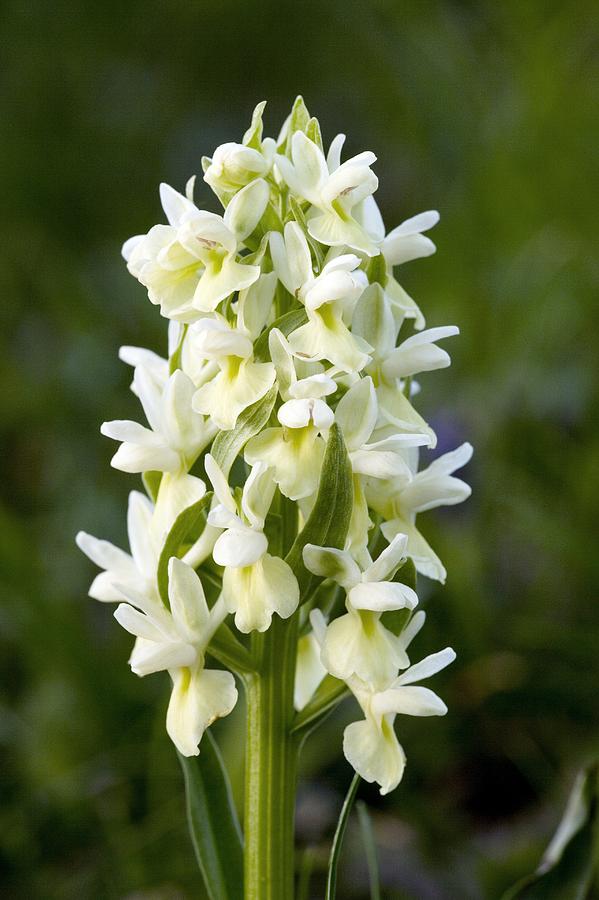
Parco Nazionale del Cilento, Vallo di Diano e Alburni
This post is also available in:
 Italiano (Italian)
Italiano (Italian)
Cilento’s National park, Vallo di Diano and Alburni, was established in 1991; it has an extension of more than 180 hectares and nowadays, it is the widest Italian park. It is delimited by Basilicata, the Sele plain and the Tyrrhenian sea on the western side, it includes 8 alpine communities and 80 municipalities. The park offers also numerous ancient paths and represents an important hub for the national excursion net along the Southern Appennines.
It has become part of UNESCO’S Heritage of Humanity (together with the archaeological sites of Paestum, Velia and the Charterhouse of Padula), biosphere reserve and it is the first Italian park to become a geopark, since there is the so called “Vallo della Lucania”.
There is not a uniform territory and it possible to find an alternation of environments, which have remained unaltered by the cities’ development, and others which have been deeply modified by the increasing population rates and urban development. There are also coastal and mountain areas, rivers, forests, cliffs and pastures. The orographic profile is strongly marked, with flat areas in the vicinities of the main rivers (Alento and Tanagro). Other rivers, such as Mingardo, Bussento and Calore, which hosts in its upper part the “Gole”, have a torrential character. The most important peaks are Cervati (1898 m), Alburni (1742 m) and Gelbison, also called Sacred Mountain.
FLORA AND FAUNA
The vegetal population of the park is formed by about 1800 species of native spontaneous plants; some of them have a phytogeographical importance, such as the Primula palinuri: symbol of the park, rare and endangered; it is considered a paleoendemism and so it is a residual species of the ancient quaternary antico, about two and a half million years ago; it is probably the last specimen of a primroses’ family, which was originally spread on the Southern Italian mountain, and it is now the only primrose growing in no-mountain environments: some colonies grow on the calcareous cliffs of the Southern Tyrrhenian coasts, like the ones of Cilento Park, at an altitude of 200 metres and preferably along the walls with a north/north-west exposure.
Wild orchids are highly present with 284 specimens (species, subspecies, varieties, hybrids) of the 319 signalled in Europe and in the Mediterranean Basin. 184 of them (68 species, 57 subspecies, 35 varieties, 24 hybrids) are in the Orchid valley, which occupies a surface of 47 square kilometres, of the Cervati Mountain area, municipality of Sassano.
The rare marine lily (Pancratium maritimum) is present on the beaches; phytocenoses and halophytes, which are dominated by the endemic Limonium remotispiculum, live on the cliffs in contact with the sea, while endemic species like Dianthus rupicola, Centaurea cineraria), Iberis semperflorens, Campanula fragilis and many more are sprinkled on Mediterranean groupings living on the cliffs. The evergreen forests and Mediterranean scrubs’ texture are on the dry-Mediterranean area on the coast. There are olive tree orchards and oak, maple, linden, chest nut tree, elm and ash woods.
The fauna of Cilento’s National Park and Vallo di Diano is varied thanks to the various environments of the territory.
PLACES TO VISIT
Archaeological area of Marina di Camerota
Archaeological area Monte Pruno (Roscigno)
Archaeological area of Paestum (Capaccio)
Protected marine area Santa Maria di Castellabate
Charterhouse of Padula
Gullets of Calore (Felitto)
Caves of Castelcivita
Springs of Sammaro torrent (Roscigno, Sacco)
Naturalistic Museum (Corleto Monforte)
This post is also available in:
 Italiano (Italian)
Italiano (Italian)
Contatti
Sede Ente Parco, piazza S. Caterina (Palazzo Pinto) - Vallo della Lucania(SA)
0974 719911
parco@cilentoediano.it
